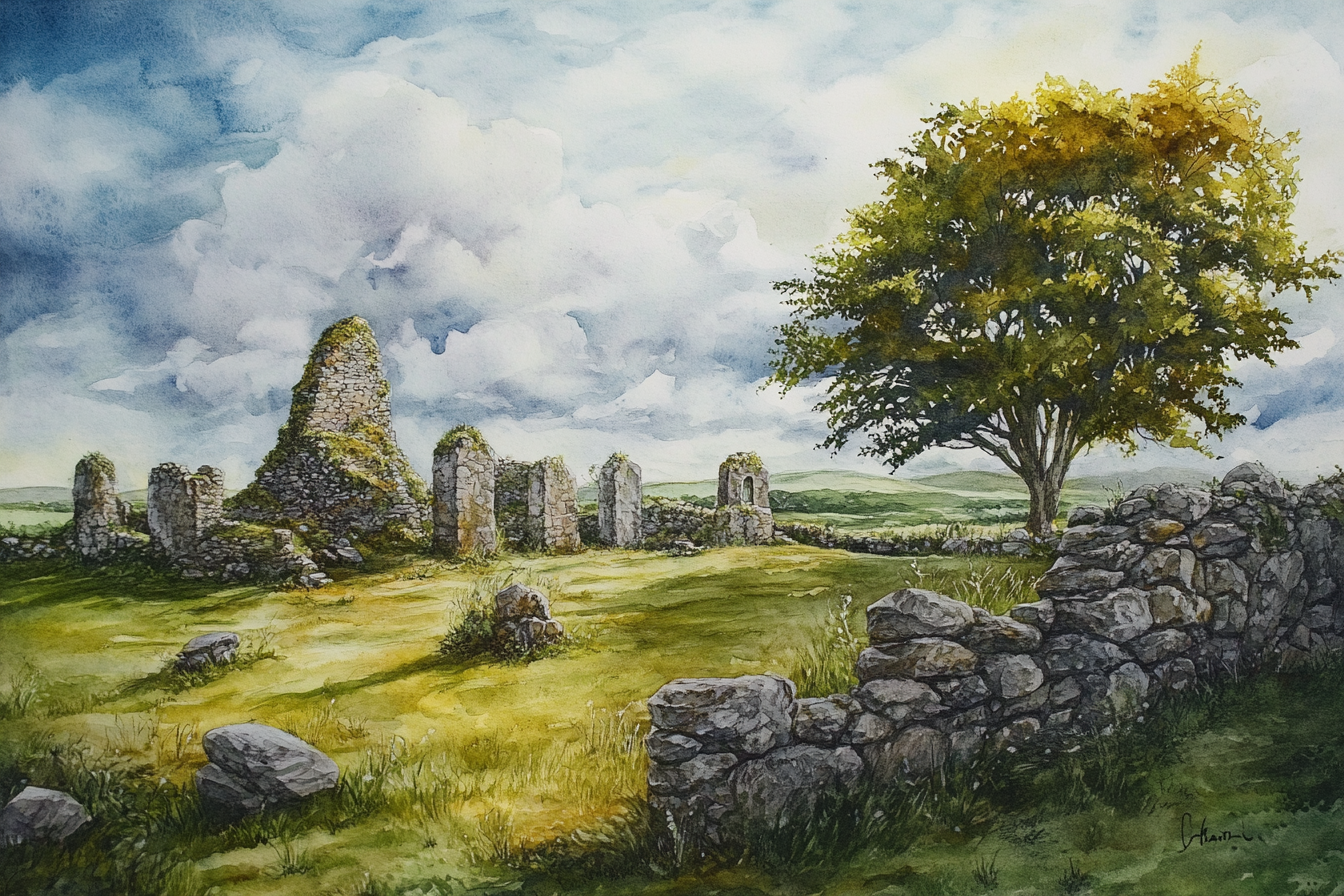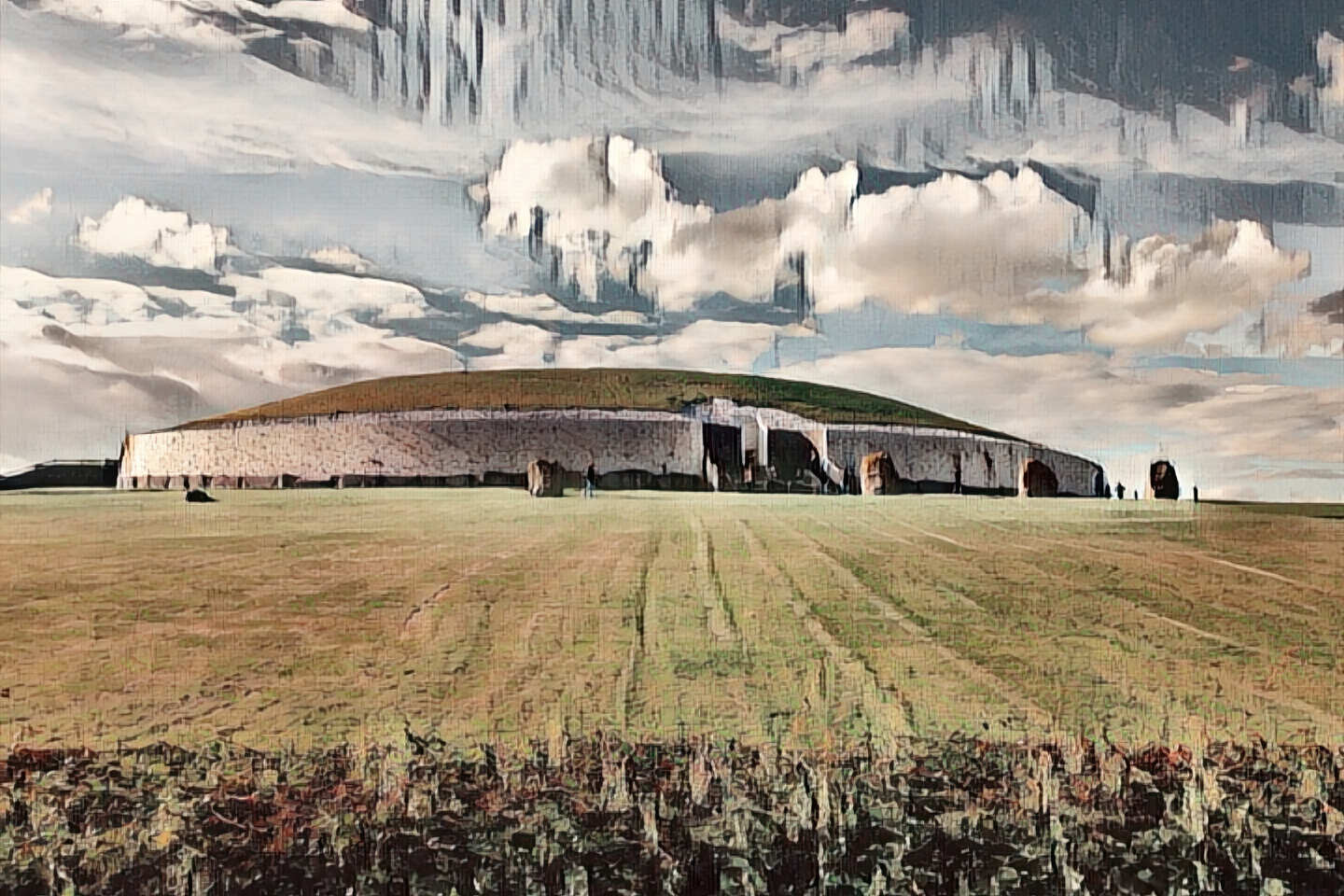4000 BC – 2500 BC
In Ireland, the Neolithic period began around 4000 BCE and lasted until about 2500 BCE. The transition from a hunter-gatherer lifestyle to a more settled agricultural lifestyle occurred during this time period. During this time, permanent settlements, the domestication of animals and plants, and a number of significant artifacts emerged. Megalithic tombs are the most impressive monuments from this period that are still visible today. The artifacts from this time period shed light on the lives of the people who lived during this period.
Ireland established a number of significant sites during the Neolithic period. Newgrange, a large passage tomb in County Meath, is the most famous of these structures. This is one of the most impressive Neolithic monuments in Europe, believed to have been constructed around 3200 BCE. The megalithic tombs of Carrowmore in County Sligo, the court tombs of Carrowkeel in County Mayo, and the passage tombs of Loughcrew in County Meath are also significant sites.
During the Neolithic period in Ireland, a number of significant artifacts emerged. Included among these are pottery, stone tools, and weapons. Pottery was used for cooking, storage, and decoration, among other purposes. There were numerous uses for stone tools, including hunting, farming, and construction. Axes and spears were utilized for both hunting and warfare. Jewellery, such as beads and pendants, and carved stone objects, such as stone circles and standing stones, are also artifacts.
The Neolithic Archaeology of Ireland
I. Introduction to the Irish Neolithic The Neolithic period, or New Stone Age, in Ireland represents a pivotal chapter in the island’s human history, a time of profound social, economic, and technological transformation that laid the groundwork for subsequent cultural developments. Spanning roughly from c. 4000 BC to c. 2500…
The Archaeology of Ireland: from the Mesolithic to the Modern Era
Ireland possesses a uniquely rich and remarkably well-preserved archaeological record, a testament to millennia of human endeavour, adaptation, and cultural evolution. Situated on the western fringe of Europe, its story is one of both distinct island development and periodic, transformative connections with the broader continent. This guide aims to provide…
Unveiling the Mysteries of Newgrange and Brú na Bóinne: Exploring Ireland’s Neolithic Heartland
This article delves into the rich archaeological heritage of Brú na Bóinne, a UNESCO World Heritage Site in Ireland. Famed for its Neolithic passage tombs, including Newgrange, Knowth, and Dowth, Brú na Bóinne offers a unique glimpse into ancient Ireland’s social, cultural, and astronomical understanding. The article explores the site’s…




